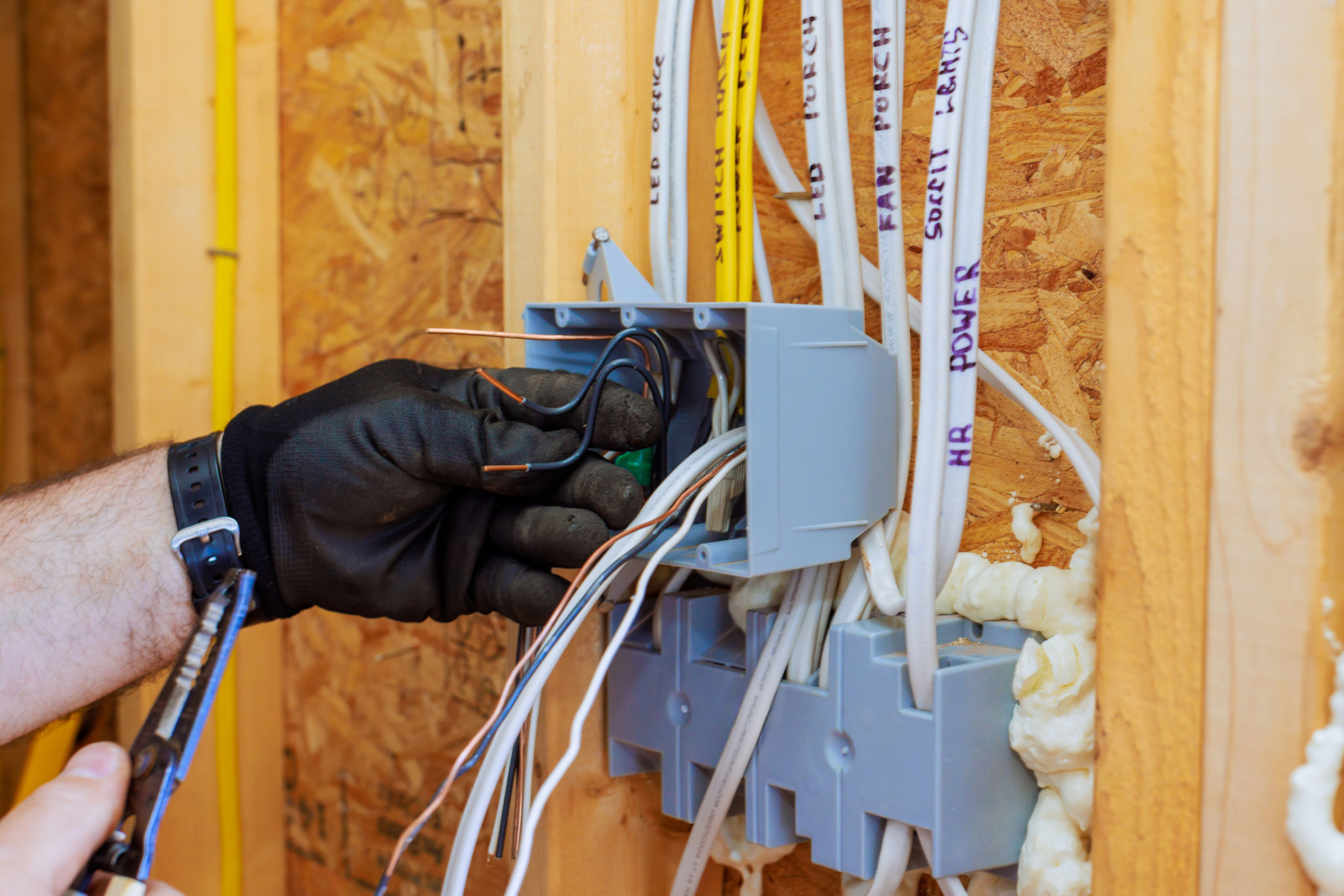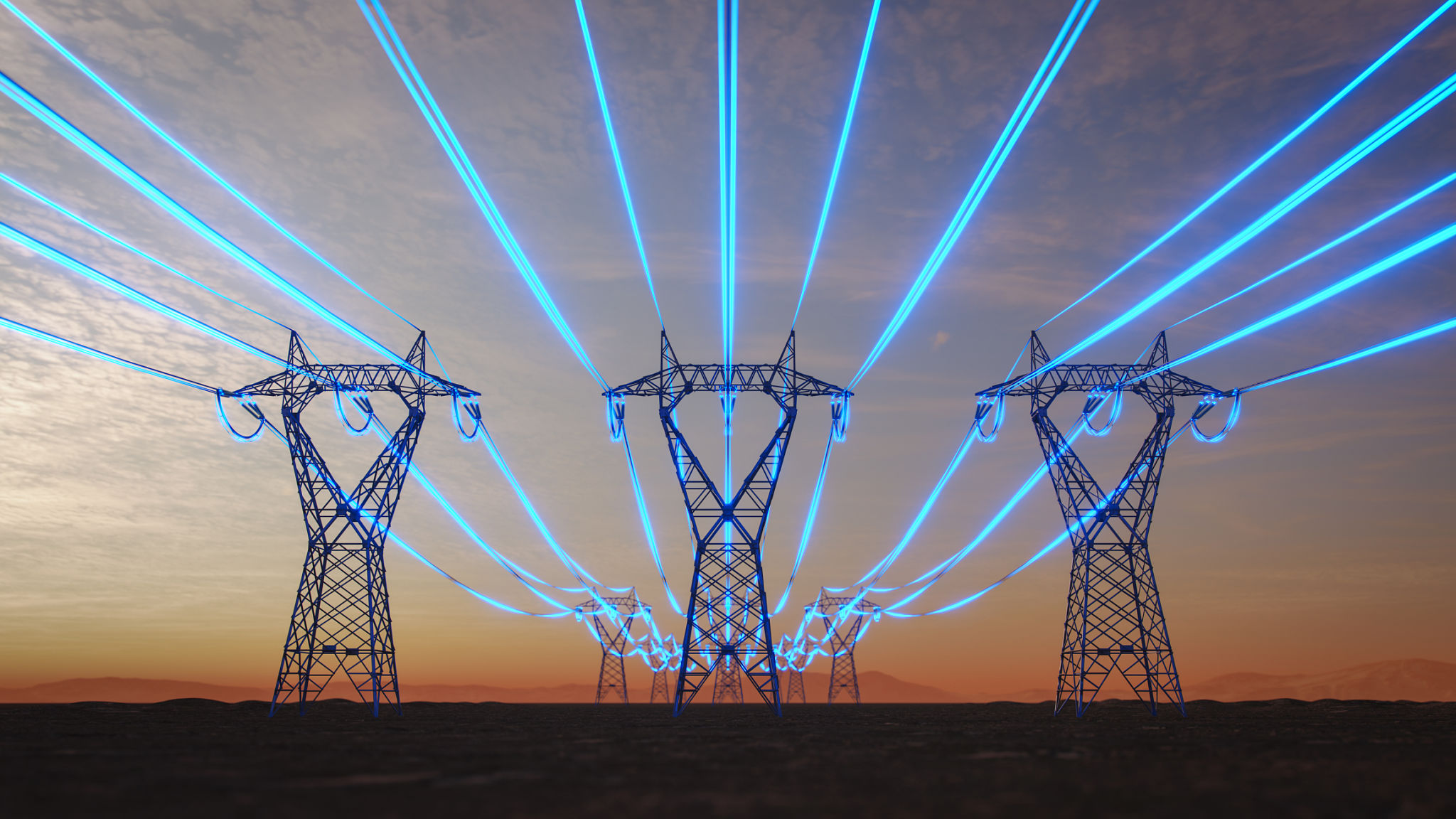Top Myths About Home Electrical Systems Debunked
Understanding the Myths Surrounding Home Electrical Systems
Home electrical systems are often misunderstood, resulting in a variety of myths and misconceptions. These myths can lead to inefficient energy use or even safety hazards if left unaddressed. In this blog post, we will debunk some of the top myths surrounding home electrical systems to help you manage your home's electricity more effectively.

Myth 1: Turning Off Appliances Stops Energy Consumption
Many homeowners believe that simply turning off an appliance completely halts its energy consumption. While turning off appliances does reduce energy use, many devices continue to draw power even when not in use. This phenomenon is known as "phantom load" or "vampire power." Devices like chargers, televisions, and microwaves often draw small amounts of electricity unless they are unplugged or connected to a power strip that can be turned off.
Myth 2: Circuit Breakers Prevent All Electrical Fires
Circuit breakers are essential for protecting your home from electrical overloads, but they do not prevent all electrical fires. While they can stop current flow during overloads or short circuits, they do not protect against issues such as faulty wiring or poor connections. Regular electrical inspections and maintenance are crucial for ensuring your home's wiring is safe and up to code.

Myth 3: DIY Electrical Repairs Are Safe
Another common myth is that homeowners can perform electrical repairs safely by themselves. While changing a light bulb or resetting a tripped breaker is typically safe, more complex tasks should be left to professionals. Licensed electricians have the training and expertise needed to handle electrical repairs safely, reducing the risk of injury or fire.
Myth 4: All Light Bulbs Are the Same
Light bulbs come in various types and efficiencies, and not all are created equal. Incandescent bulbs are less energy-efficient compared to LED or CFL bulbs, which use less electricity and last longer. Switching to energy-efficient lighting can significantly reduce your household's energy consumption and save on electricity bills.

Additional Common Misconceptions
- Myth 5: Flickering Lights Always Indicate a Problem. While flickering lights can signal an issue, they may also be caused by minor factors such as loose bulbs or minor fluctuations in the power supply.
- Myth 6: Extension Cords Can Be Used Permanently. Extension cords are designed for temporary use and can pose risks if used as permanent wiring solutions.
Conclusion
Understanding the truths behind these common myths about home electrical systems can help you make informed decisions about your home's energy use and safety. Always consult with a licensed electrician for any concerns about your home's electrical system to ensure you are maintaining a safe environment.
